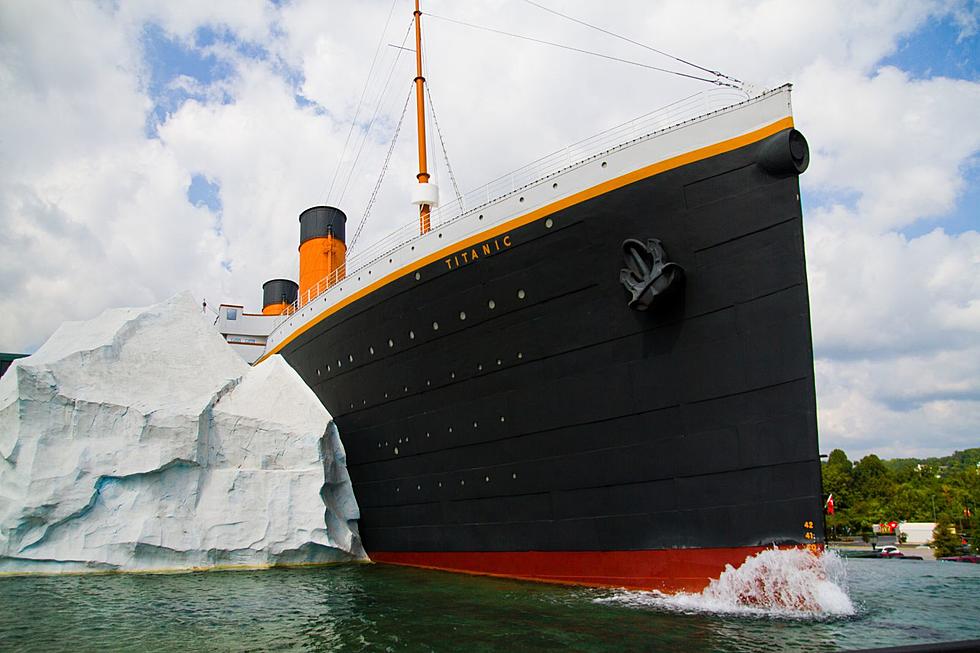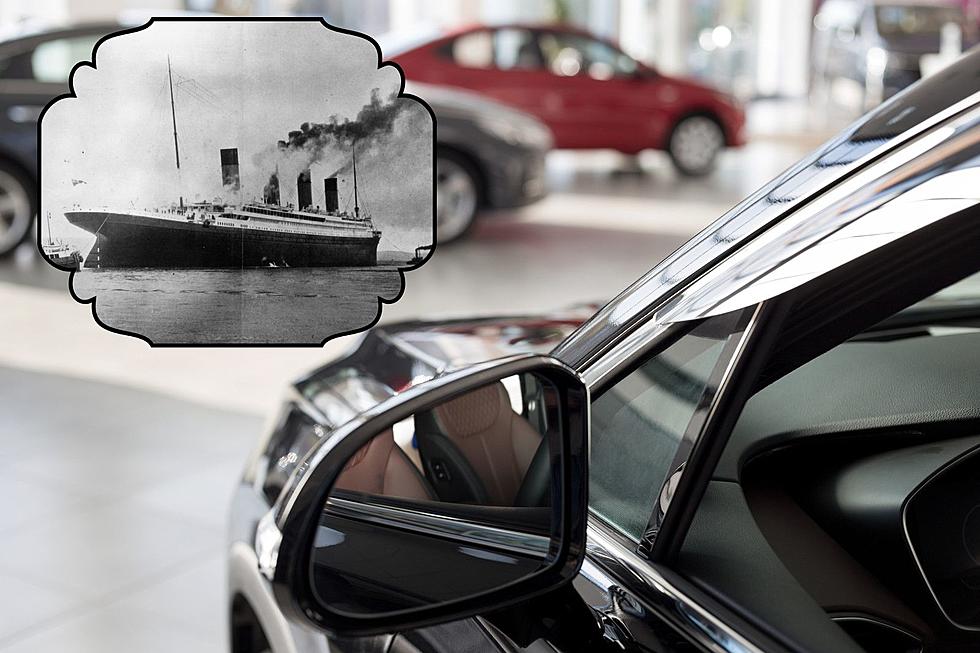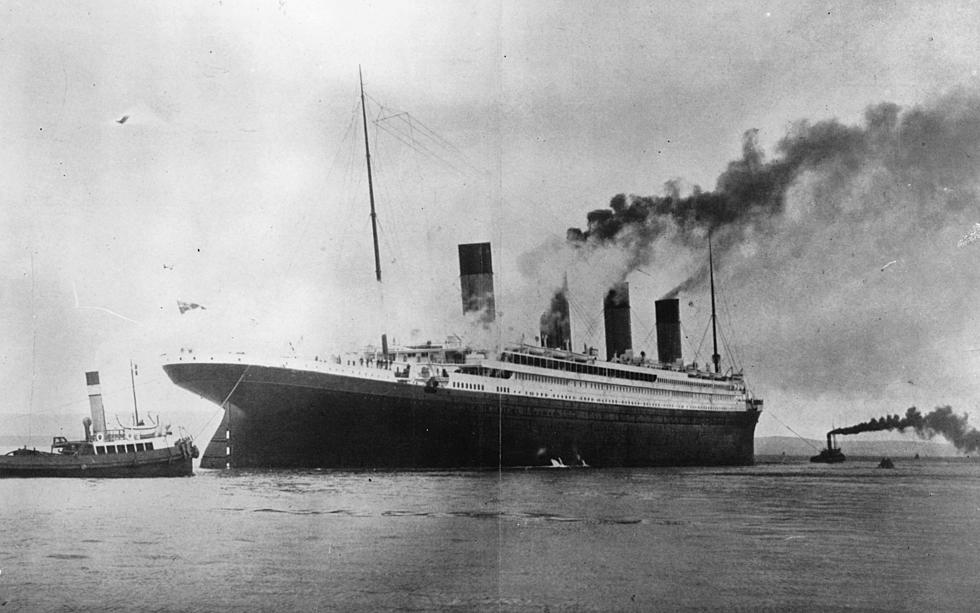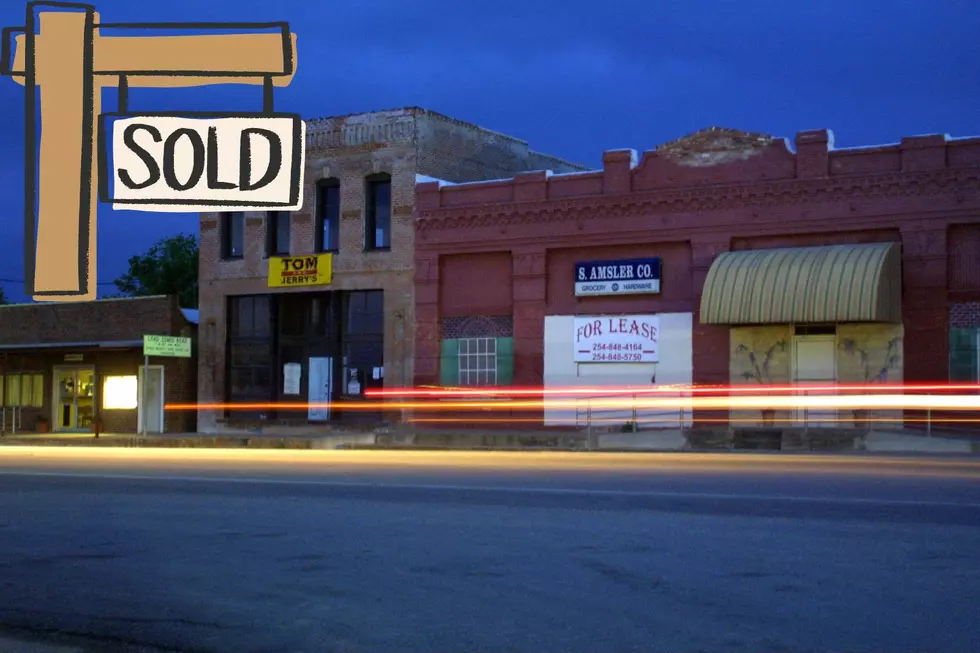
5 Ways to Learn About the Titanic Without Entering a Submersible
An unbelievable tragedy occurred this week with ties to another unbelievable historical tragedy - the sinking of the Titanic.
The wreckage of a submersible "Titan" is now scattered right next to the wreckage of the Titanic, which sunk in 1912.
OceanGate, the company that operates the missing vessel – and whose CEO, Stockton Rush, was on the trip – issued the following statement:
Our hearts are with these five souls and every member of their families during this tragic time. We grieve the loss of life and joy they brought to everyone they knew. This is an extremely sad time for our dedicated employees who are exhausted and grieving deeply over this loss.
Hamish Harding, a self-proclaimed explorer, and French deep-sea explorer Paul Henri-Nargeolet were also on board.
Deep sea exploration comes with inherent dangers and a high cost. Not even just when it comes to the ultimate price, which is human life. The Titan mission came with a minimum price tag of $250k. It's an experience most can only dream of.
If you're interested in learning about the Titanic, there are several resources available that can provide you with detailed information about the ship, its construction, the tragic sinking, and its historical significance. And it won't cost you your life or empty your wallet.
Here are some steps you can take to learn more about the Titanic:
1. Books: Reading books dedicated to the Titanic can offer in-depth knowledge. Some popular titles include "A Night to Remember" by Walter Lord, "Titanic: An Illustrated History" by Don Lynch and Ken Marschall, and "The Titanic: Disaster of the Century" by Wyn Craig Wade. These books provide comprehensive accounts of the ship's history, the people aboard, and the events surrounding its sinking.
2. Documentaries and Films: There are numerous documentaries and films about the Titanic that can provide visual information and historical context. Some notable examples include "Titanic: The Complete Story," "Ghosts of the Abyss," and obviously James Cameron's renowned movie "Titanic" (1997). These visual mediums can help you understand the scale of the ship and the human stories associated with it.
3. Online Resources: Utilize online platforms to access a wealth of information about the Titanic. Websites like Encyclopedia Titanica, the official website of the Titanic Historical Society, offer comprehensive details about the ship, its passengers, and crew. You can find articles, survivor testimonies, photographs, and other historical resources.
4. Museums and Exhibitions: Visit museums or exhibitions dedicated to the Titanic. The most famous one is the Titanic Belfast in Northern Ireland, near the ship's birthplace. The museum provides an immersive experience with exhibits that showcase artifacts, recreations of the ship's interior, and interactive displays. You can also explore traveling exhibitions or check if there are local displays in your area.
5. Documented Survivor Accounts: Read firsthand accounts from survivors of the Titanic's sinking. Books like "Titanic Survivor" by Violet Jessop, "A Woman's Place" by Anna T. Phillips, or "Titanic: Women and Children First" by Judith B. Geller provide personal stories that give insight into the experiences of those who lived through the disaster.
If none of those do the trick, you better get down to the Titanic wreckage quickly. Some experts predict there is less than 30 years before the entire thing evaporates into sea dust.
Exploring the Titanic
More From KLAQ El Paso









